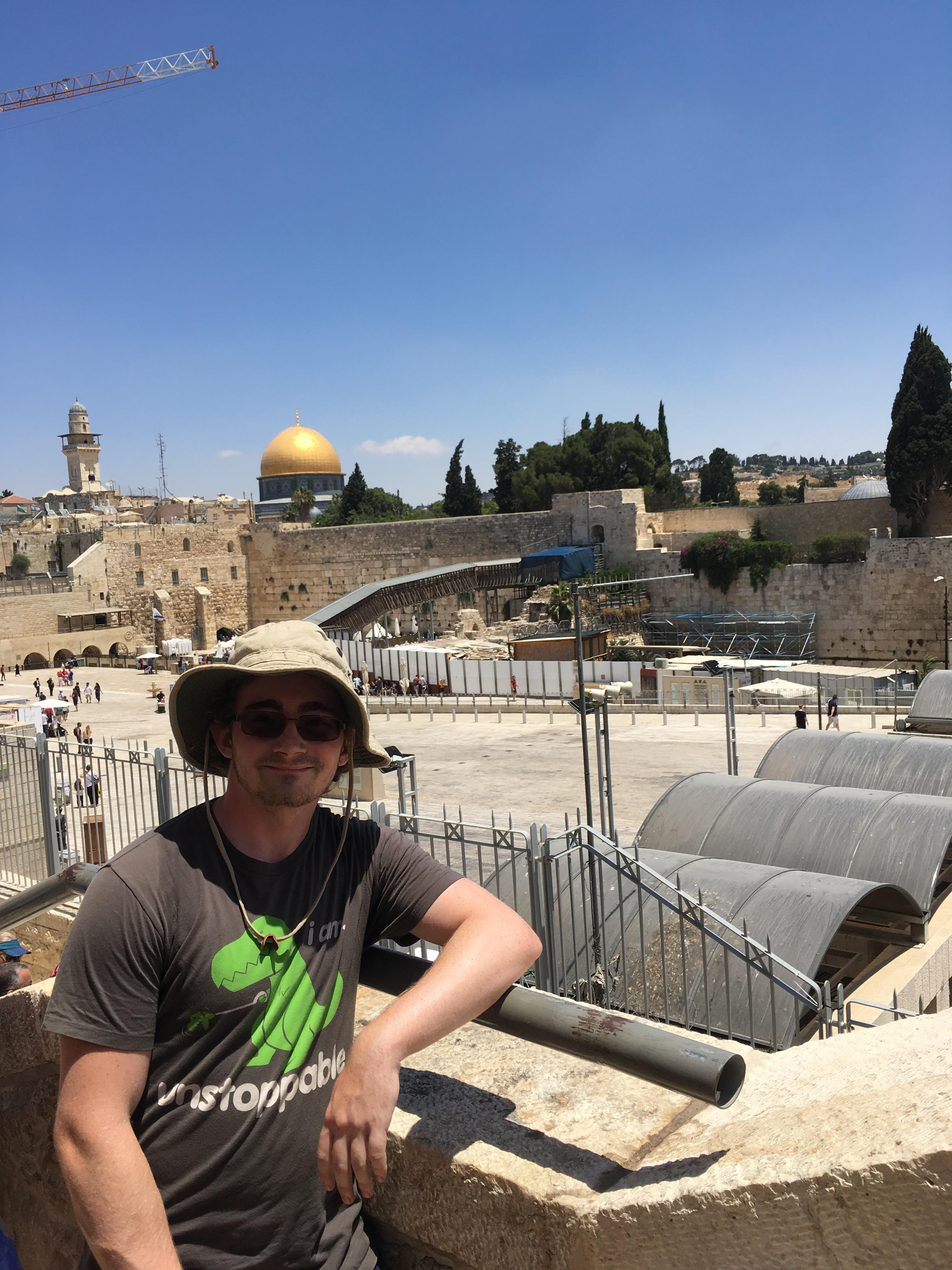Am I Actually in Israel?
Where am I?
Three weeks into the dig and the digging, sweeping, and pottery washing continues. Every weekday feels as though I am in America, while every weekend feels as though I am in a foreign country. I am caught between feeling like an American student in America and an American tourist.
What is American about Tel Akko?
Most of the local people I interact with speak some level of english, and I spend most of my time with other Americans. I live on Long Island, and I can go to different areas with multilingual people and people I do not understand, so to hear different languages is not a new feeling for me . At the same time, in these areas most people also speak English, which is why my interactions at the gas station, the mall, and 7 Days feels as though I am in America. It is as though I am simply in a town with many immigrants or the descendants of recent immigrants. The lectures and pottery washing make me feel as though I am just doing regular classwork at school, though in more of a hands on way than in my other classes at SUNY Binghamton. I do a lot of yard work at home, so digging and sweeping is not too foreign a concept for me, though I do it much more intensely here. Going to the beach here reminds me of going to Jones Beach as a kid, even though the Mediteranean is very different from the Atlantic. Going out with students or staff reminds me of going to restaurants in my hometown with my friends there. Aside from the calls to prayer and the Hebrew receipts, not much gives away that I am not in America during the week. The Old City hints at the fact that I am abroad through the architecture and the locals, though seeing American products in the bazaar brings me back to the idea that I am still in America.
The Weekly Realization that I am Abroad
The things that jolt me back to reality and make me realize that I am abroad are the excursions on weekends. Long Island obviously does not have Crusader or Roman ruins. The kind of devotion at the Wailing Wall or the Church of the Holy Sepulchre cannot be equaled on Long Island. Even though I am only an hour away from museums in New York City, the museums are refreshing and they make me feel as though all of the sweeping may actually matter someday. Visiting Galilee, Caesarea, and Jerusalem reminds me of where I am, and this contextualizes everything I have learned and taken part in here.
Why it Matters to me
The weekdays make me feel very sheltered here, as though I am in any other program in America, but with a very diverse population surrounding us. Simultaneously, the trips on Saturdays always make me feel as though I am landing in Tel Aviv again. The Americanized setting keeps me on track of my work, learning, and writing. The tours engage me with multiple cultures and sites and make me feel like a tourist and a foreigner. I do not feel as though the Nautical Academy and the tel have become a home for me in Israel. Rather, I feel as though I am entering a different country again when I go to the Old City or anywhere else in the country, and coming back to America to go to class and sleep.

